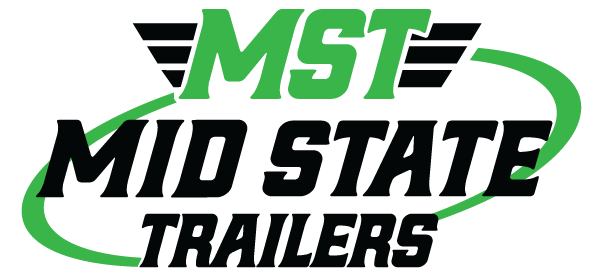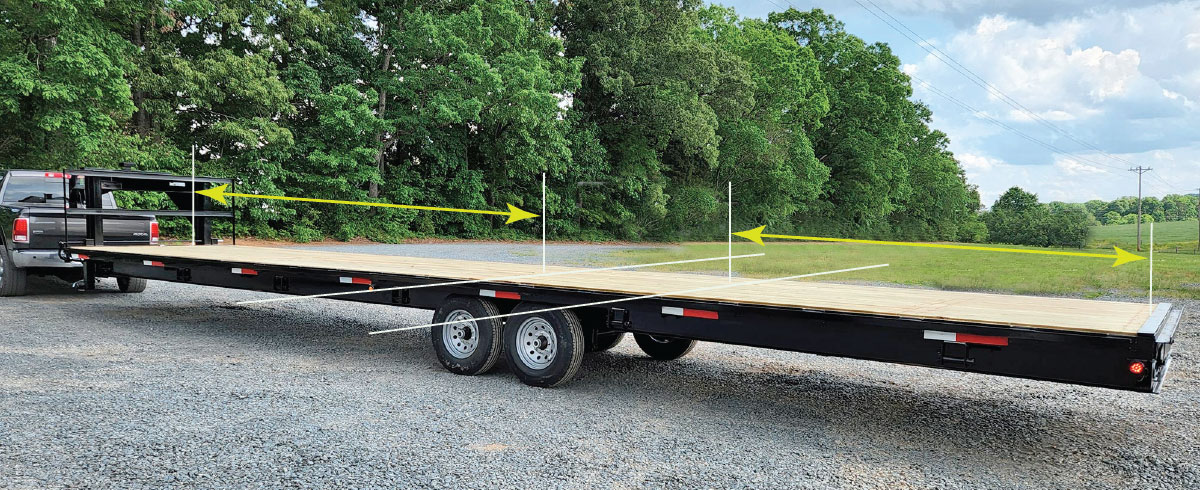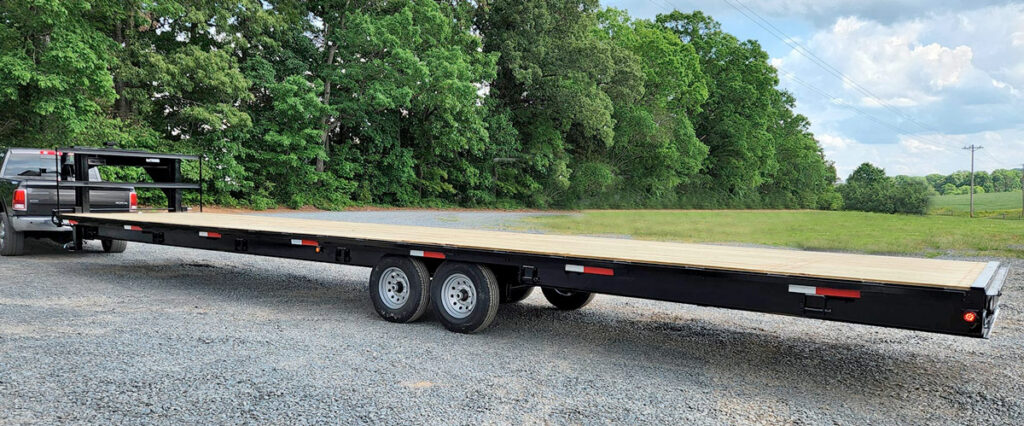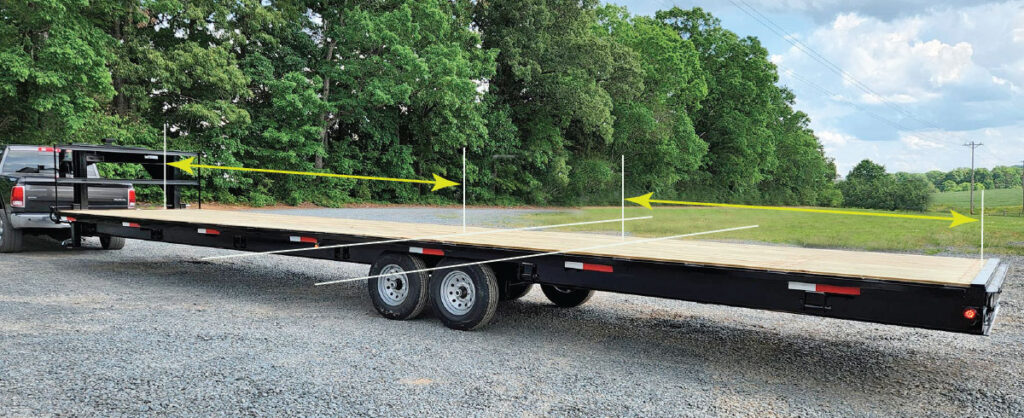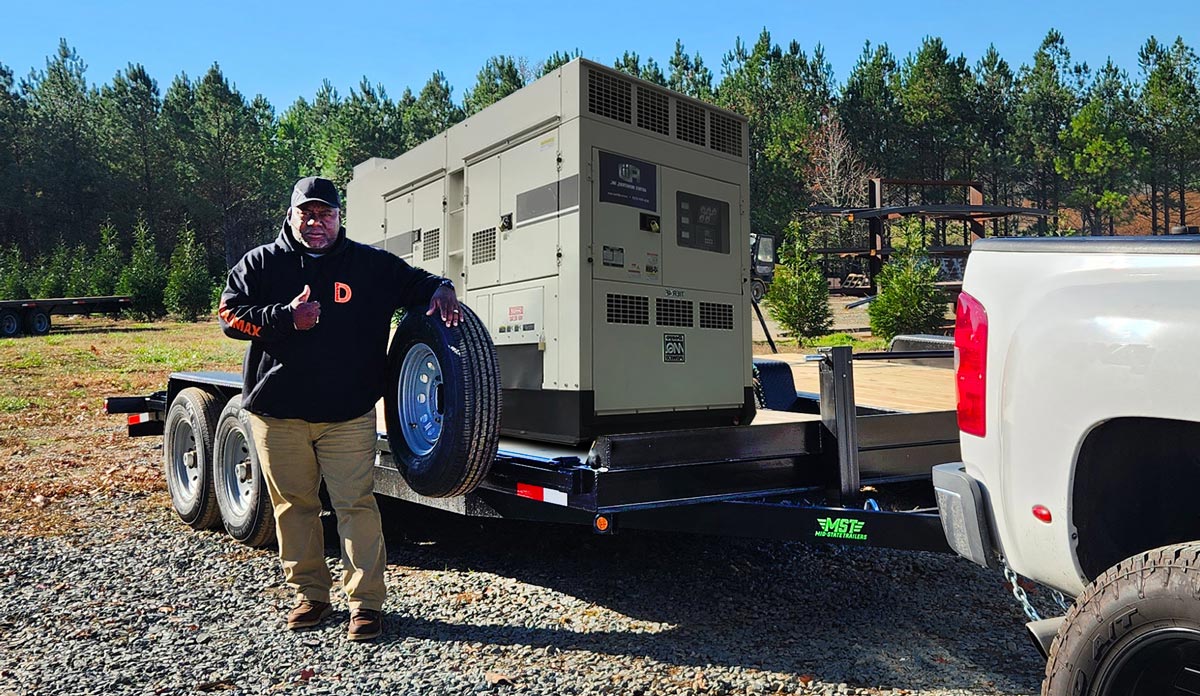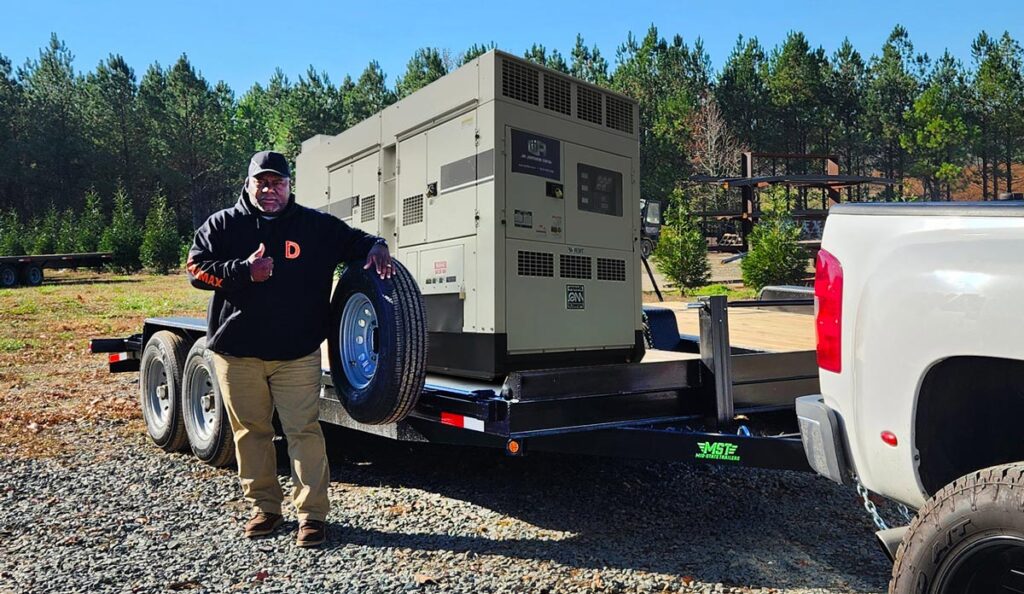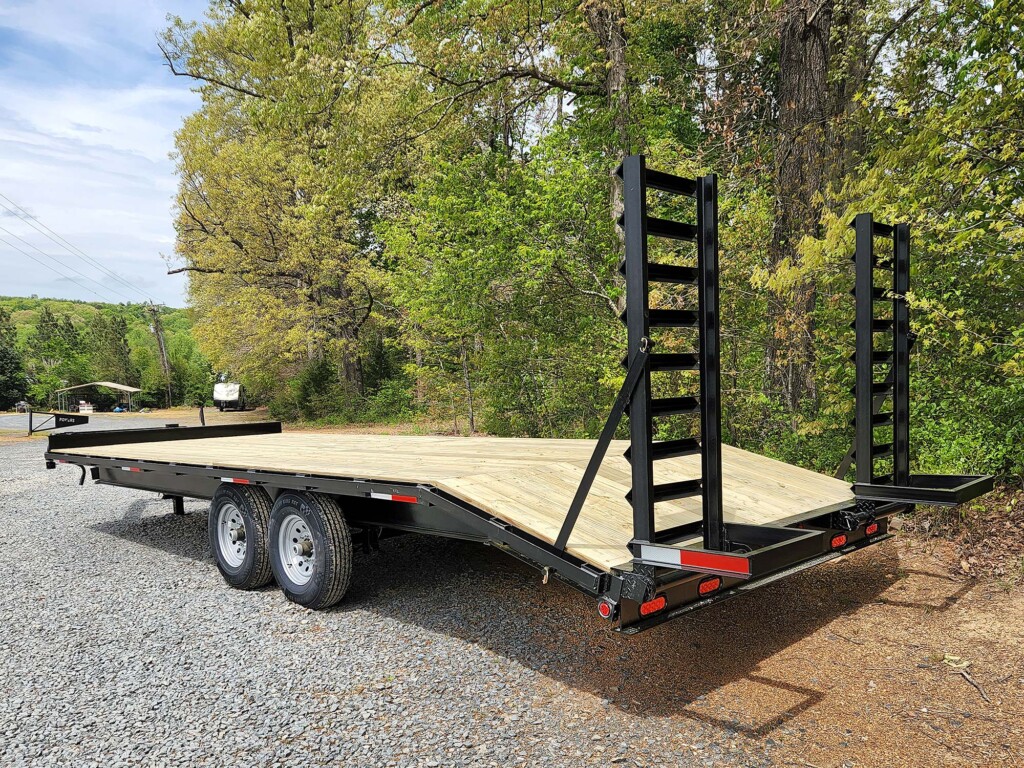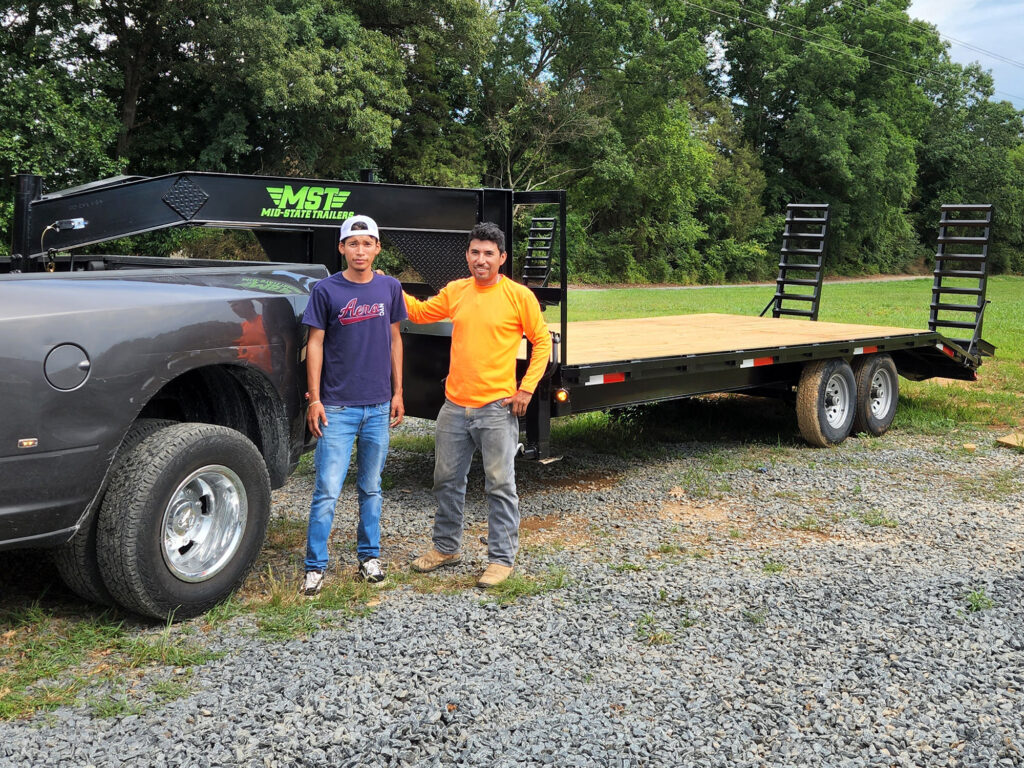How Much Does It Cost to Get Started in HotShot Trucking?
Robin Ottenfeld
on
March 19, 2024
How Much Does it Cost to Get Started in Hot Shot Trucking?
If you’re considering diving into the world of hot shot trucking, you’re likely wondering about the costs involved. Hot shot trucking can be a lucrative venture, but it’s essential to understand the financial investment required to get started. In this guide, we’ll break down the expenses associated with hot shot trucking, including equipment, insurance, initial investment, and potential earnings.
What is Hot Shot Trucking?
Before we delve into the costs, let’s briefly cover what hot shot trucking entails. Hot shot trucking is a niche segment of the transportation industry that involves transporting smaller, time-sensitive loads over short to medium distances. Hot shot truckers typically use pickups or medium-duty trucks equipped with gooseneck trailers to haul freight that doesn’t require the space of a full-size semi-truck but needs to be delivered quickly.
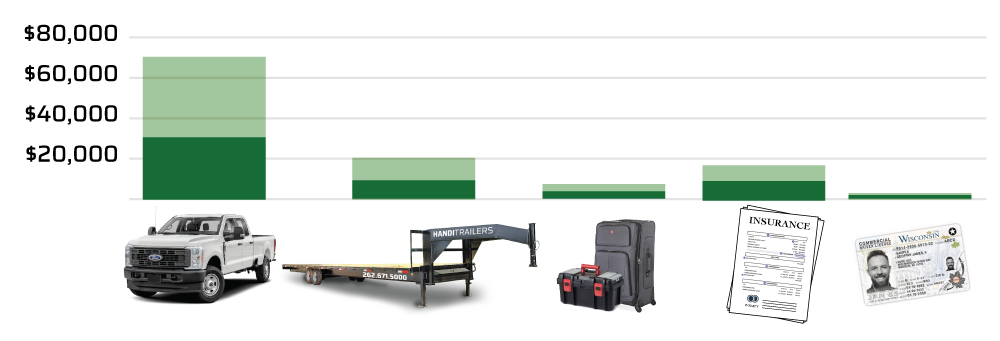
Equipment Costs
One of the primary expenses you’ll encounter when getting started in hot shot trucking is the cost of equipment. Here’s a breakdown of the essential equipment you’ll need and the associated costs:
Truck:
You’ll need a reliable truck capable of towing a gooseneck trailer. Many hot shot truckers opt for heavy-duty pickups like the Ford F-350 or Dodge Ram 3500. Depending on whether you purchase new or used, prices can range from $30,000 to $70,000 or more.
Trailer:
A gooseneck trailer is essential for hot shot trucking, as it allows you to haul loads securely. You can certainly get by with a different trailer type in the short term, but for a litany of reasons best described in this blog post, goosenecks are your best bet. Gooseneck trailers come in various sizes and configurations, but expect to pay anywhere from $8,000 to $20,000 for a new trailer.
Other Equipment:
In addition to your truck and trailer, you’ll need various accessories and safety equipment, such as tie-down straps, ramps, load securement tools, tarps, and safety gear. Budget a few thousand dollars for these essentials.
Insurance Costs
Insurance is a crucial expense for hot shot truckers, as it protects you, your truck, and your cargo in the event of accidents or other unforeseen circumstances. Insurance costs can vary based on factors such as your driving record, the value of your equipment, and the types of loads you haul. Here’s a breakdown of the types of insurance you’ll need and their approximate costs:
Commercial Auto Insurance:
This type of insurance covers your truck against damages and liabilities while on the road. Expect to pay between $3,000 and $7,000 per year for commercial auto insurance.
Cargo Insurance:
Cargo insurance protects the value of the freight you’re hauling. Rates typically range from $1,000 to $3,000 annually, depending on the coverage limits and deductible.
Liability Insurance:
Liability insurance covers damages or injuries you may cause to others while operating your truck. Costs vary but can range from $2,000 to $5,000 per year.
Occupational Accident Insurance:
This type of insurance provides coverage for medical expenses and lost wages in the event of a work-related injury. Rates vary but generally fall between $1,000 and $3,000 annually.
Initial Investment
When starting in hot shot trucking, you’ll need to consider your initial investment, which includes equipment purchases, insurance premiums, licensing fees, and other startup costs. Here’s a rough breakdown of what you can expect to invest initially:
Truck: $30,000 to $70,000
Trailer: $8,000 to $20,000
Other Equipment: $2,000 to $5,000
Insurance: $7,000 to $18,000 (first-year premiums)
Licensing and Permits: $500 to $1,000
Total Initial Investment: $47,500 to $114,000
Keep in mind that these figures are estimates, and actual costs may vary based on factors such as your location, the condition of the equipment you purchase, whatever equipment you may already have, and the insurance coverage limits you choose. For more information on financing your trailer and trailer accessories, check out this blog post for more info. Additionally, a CDL (commercial trucking license) may not be required depending on your trailer’s GVWR. BE sure to check out our article on de-rating for more information on regulatory costs, and ways to avoid them within the law.
Operating Costs
In addition to the initial investment, hot shot truckers must also consider ongoing operating costs. These expenses include fuel, maintenance, permits, taxes, and other miscellaneous costs. While these expenses can fluctuate, it’s essential to budget for them to ensure the profitability of your business.
Fuel:
Fuel costs are one of the most significant expenses for hot shot truckers. Be sure to budget for fuel based on your anticipated mileage and current fuel prices.
Maintenance:
Regular maintenance is crucial for keeping your truck and trailer in optimal condition. Budget for routine maintenance tasks like oil changes, tire rotations, and brake inspections, as well as unexpected repairs.
Permits and Taxes:
Depending on the states you operate in and the types of loads you haul, you may need to obtain permits or pay taxes. These costs can vary widely but should be factored into your overall budget.
Revenue Potential
While hot shot trucking involves significant expenses, it also offers the potential for substantial earnings. Hot shot truckers typically charge higher rates per mile than traditional trucking companies due to the time-sensitive nature of the loads they transport. Rates can vary based on factors such as distance, urgency, and market demand.
Rates per Mile:
Hot shot rates typically range from $1.50 to $3.00 per mile or more, depending on the factors mentioned above. Rates may be higher for expedited or specialized freight.
Revenue Projections:
While it’s challenging to provide precise revenue projections due to the variability in rates and expenses, many hot shot truckers earn six-figure incomes once they establish themselves in the industry. With careful planning, efficient operations, and a focus on customer service, you can achieve success as a hot shot trucker.
Conclusion
In conclusion, getting started in hot shot trucking requires a significant financial investment, including equipment purchases, insurance premiums, licensing fees, and other startup costs. However, don’t lose hope! In a future blog post, we’ll go into the financing options available for trucks and trailers to get you into the hot shotting business within weeks! With careful planning and diligent management, hot shot trucking can be a profitable venture with the potential for substantial earnings. By understanding the costs involved and budgeting accordingly, you can position yourself for success in this dynamic industry.
